What is the fastest F1 car of all time?
Current grand prix machines are some of the most advanced ever seen. But that doesn't mean that they are the fastest F1 cars of all time...
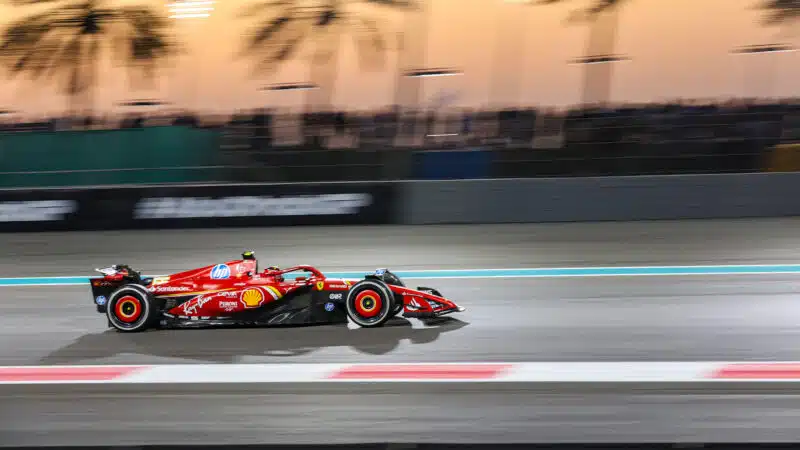
The 2025 field of F1 cars could be some of the fastest seen in years
Getty Images
The 2025 Formula 1 season will feature the fastest F1 cars in years, as the world championship enters its final campaign under the current technical regulations and teams push to the limit in the search for more speed ahead of major changes in 2026. But that doesn’t mean that the latest machines are the fastest Formula 1 cars of all time.
In fact, the relentless quest for more speed requires regular rule changes to peg back the cars to prevent lap times becoming dangerous. This tends to take the form of reducing the levels of downforce that cars generate, to cut cornering speeds, and restricting engine power to limit top speeds.
So although the current generation of cars have clocked speeds of over 230mph, their heavier chassis and ground effect designs have so far prevented them from being faster than the mind-bending machines which we saw before 2022’s major regulation changes.
In 2020, Lewis Hamilton set the record for the fastest lap in F1 history at the Italian Grand Prix, securing pole position in his Mercedes W11 at an average speed of 164.267mph (264.362km/h). While that record hasn’t yet been broken, the current generation of cars — now in their third season of racing — are coming close. Lando Norris’s set an average speed of 163.391mph (262.897km/h) on his pole lap at the 2024 Italian GP.
So Hamilton’s Mercedes from the 2020 season is currently the fastest ever F1 car — but only at a grand prix weekend. Read on to see why.
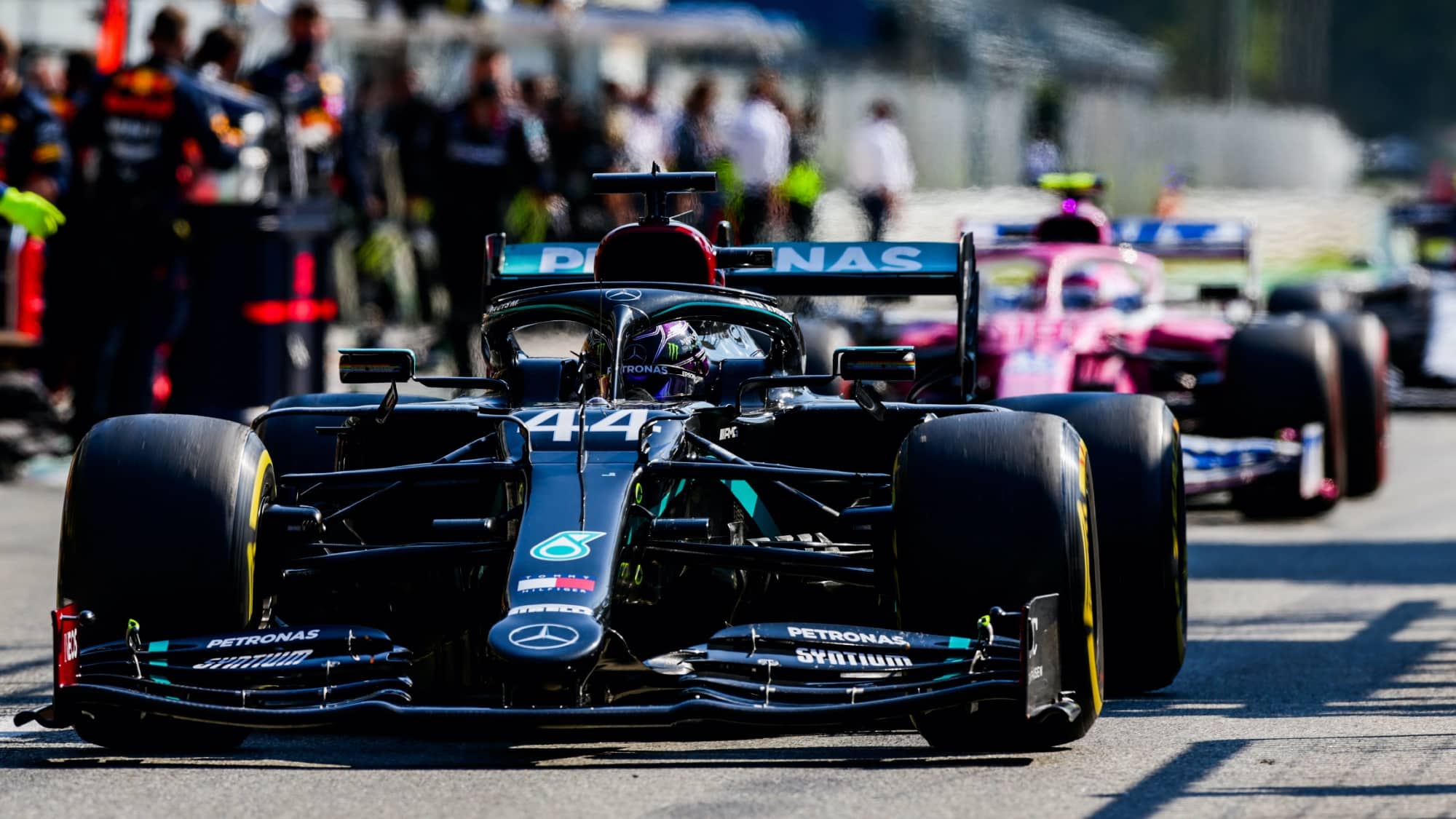
The W11 was dominant in the hands of Hamilton during the 2020 F1 campaign
Peter Fox/Getty Images
Record for the ‘fastest’ F1 lap
Hamilton’s 2020 pole lap holds the record for fastest average speed across a lap in F1 history — besting the previous record of 163.785mph (263.587km/h) set by Kimi Räikkönen two years earlier at the same circuit with the Ferrari SF71H.
The Finn’s own record topped a long-standing benchmark left by Juan Pablo Montoya from the 2004 qualifying session at Monza. His pole lap, set in the BMW FW26, held the single lap record with an average speed of 161.451mph (259.83 km/h) until new, wider cars came along.
Nevertheless, that Monza lap was enough to beat Keke Rosberg’s record that had stood for 19 years previously. The Finn completed a memorable pole position lap at an average of 160.94mph (259.01km/h) at Silverstone in 1985 with a comparatively basic car design, albeit around a much faster layout than the modern version.
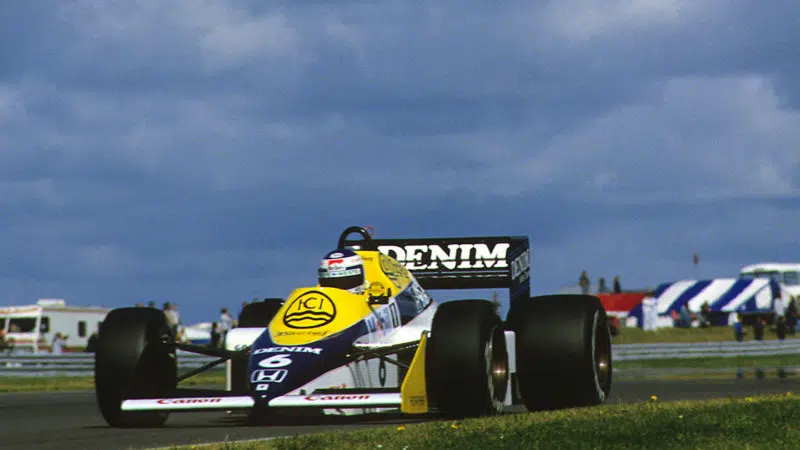
Rosberg at Silverstone in ’85 – fastest man on the plant, for one weekend at least
DPPI
Hamilton’s record lap benefitted from newer technology and a more advanced understanding of aerodynamics, but also the regulations of the time, including the fixed specifications for slick tyres. Older cars from the late 1990s to late 2000s used grooved tyres to reduce grip, and therefore cornering speeds. That said, there are still some that hold the record for fastest lap at circuits still on the calendar today, thanks to their powerful V10 engines.
For example, Pedro de la Rosa holds the record in Bahrain from the ’05 race in his McLaren MP4-20, whilst Rubens Barrichello holds the Italian GP lap record, completed in 2004, in the all-conquering Ferrari F2004.
Previous F1 average lap speed records
| Driver | Team | Car | Speed | Year |
| Keke Rosberg | Williams | FW10 | 259.01km/h (160.94mph) | 1985 |
| Juan Pablo Montoya | BMW | FW26 | 259.83 km/h (161.451mph) | 2004 |
| Kimi Räikkönen | Ferrari | SF17H | 263.586km/h (163.785mph) | 2018 |
| Lewis Hamilton | Mercedes | W11 | 264.362km/h (164.267mph) | 2020* Current record |
Which F1 era had the fastest cars?
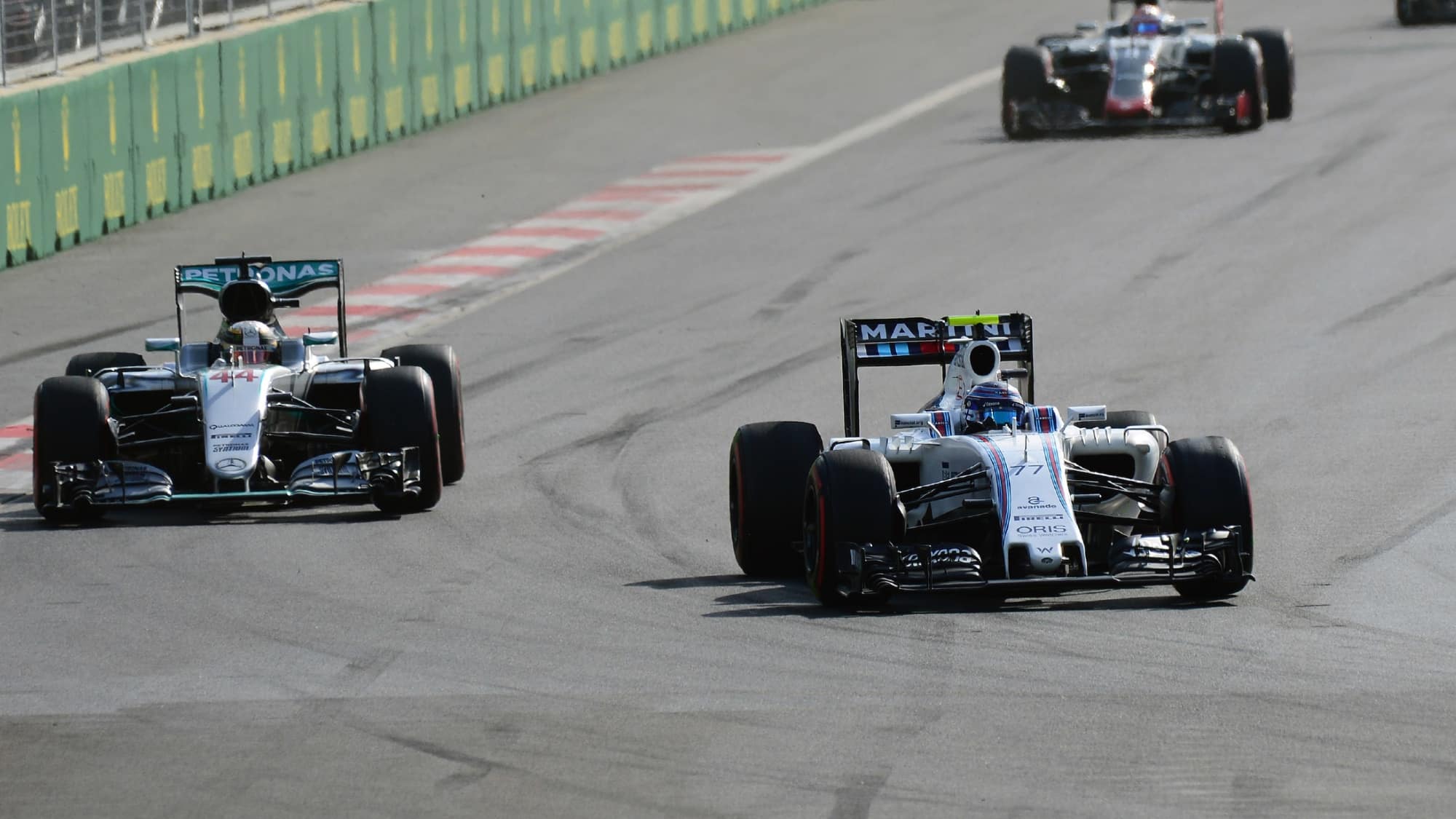
Williams claims Bottas set a new top speed record during a live F1 session at the 2016 European Grand Prix
Grand Prix Photo
Of the 24 circuits currently on the F1 calendar, 16 of them have lap records held by F1 cars made between 2018 and 2021. The other nine are divided between the newest generation of cars (which hold six lap records) and pre-2005 machines (which hold three lap records).
It’s unsurprising, given that new rules in 2018 bucked the trend and introduced changes to increase cars’ speed, in a bid to make grands prix more exciting. That philosophy was reversed in 2022 when the current regulations were brought in to enable closer racing, which also slowed the cars down.
Teams haven’t yet regained the lost performance but are getting there. Some team’s 2024 cars were 1.5sec quicker on qualifying laps than the previous year at some circuits, while McLaren and Ferrari were also able to improve their average race pace by an average of half a second per lap.
While 2025 will likely see teams take another step forward, extracting every last bit of pace out of the current regulations, how fast will the 2026 cars be? Major changes to chassis and engine design is expected to cause a major reset in the running order, but teams have already expressed their doubts about the next generation of F1 cars. “Crazy” straight line speeds of 320kph could be somewhat subdued by much slower cornering, which could see average lap times skyrocket.
That said, the FIA are believed to be making strides: the latest set of regulation changes making the 2026 cars at least two seconds per lap faster than they previously were in simulations.
The pre-2022 generation of cars will still be faster at most venues but, in some cases, even older cars still hold the records, thanks to their powerful V10s and lower levels of downforce that made for better top speeds.
Lap records for every 2025 F1 circuit
| Grand Prix | Circuit | Lap time | Driver |
| Australian Grand Prix | Melbourne | 1:20.235 | Sergio Perez (2023) |
| Chinese Grand Prix | Shanghai | 1:32.238 | Michael Schumacher (2004) |
| Japanese Grand Prix | Suzuka | 1:30.983 | Lewis Hamilton (2019) |
| Bahrain Grand Prix | Bahrain International Circuit | 1:31.447 | Pedro de la Rosa (2005) |
| Saudi Arabian Grand Prix | Jeddah | 1:30.734 | Lewis Hamilton (2021) |
| Miami Grand Prix | Miami International Autodrome | 1:29.708 | Max Verstappen (2023) |
| San Marino Grand Prix | Imola | 1:15.484 | Lewis Hamilton (2020) |
| Monaco Grand Prix | Monte Carlo | 1:12.909 | Lewis Hamilton (2021) |
| Spanish Grand Prix | Catalunya | 1:16.330 | Max Verstappen (2023) |
| Canadian Grand Prix | Circuit Gilles Villeneuve | 1:13.078 | Valtteri Bottas (2019) |
| Austrian Grand Prix | Red Bull Ring | 1:05.619 | Carlos Sainz (2020) |
| British Grand Prix | Silverstone | 1:27.097 | Max Verstappen (2020) |
| Belgian Grand Prix | Spa-Francorchamps | 1:44.701 | Sergio Perez (2024) |
| Hungarian Grand Prix | Hungaroring | 1:16.627 | Lewis Hamilton (2020) |
| Dutch Grand Prix | Zandvoort | 1:11.097 | Lewis Hamilton (2021) |
| Italian Grand Prix | Monza | 1:21.046 | Rubens Barrichello (2004) |
| Azerbaijan Grand Prix | Baku City Street Circuit | 1:43.009 | Charles Leclerc (2019) |
| Singapore Grand Prix | Marina Bay | 1:34.486 | Daniel Ricciardo (2024) |
| United States Grand Prix | Circuit of the Americas | 1:36.169 | Charles Leclerc (2019) |
| Mexico City Grand Prix | Mexico City | 1:21.334 | Lewis Hamilton (2023) |
| Sao Paulo Grand Prix | Interlagos | 1:10.540 | Valtteri Bottas (2018) |
| Las Vegas Grand Prix | Las Vegas | 1:34.876 | Lando Norris (2024) |
| Qatar Grand Prix | Losail International Circuit | 1:22.384 | Lando Norris (2024) |
| Abu Dhabi Grand Prix | Yas Marina | 1:25.637 | Kevin Magnussen (2024) |
| Grand Prix | Circuit | Lap time | Driver |
| Bahrain Grand Prix | Bahrain International Circuit | 1:31.447 | Pedro de la Rosa (2005) |
| Saudi Arabian Grand Prix | Jeddah | 1:30.734 | Lewis Hamilton (2021) |
| Australian Grand Prix | Melbourne | 1:20.235 | Sergio Perez (2023) |
| Japanese Grand Prix | Suzuka | 1:30.983 | Lewis Hamilton (2020) |
| Chinese Grand Prix | Shanghai | 1:32.238 | Michael Schumacher (2004) |
| Miami Grand Prix | Miami International Autodrome | 1:29.708 | Max Verstappen (2023) |
| San Marino Grand Prix | Imola | 1:15.484 | Lewis Hamilton (2020) |
| Monaco Grand Prix | Monte Carlo | 1:12.909 | Lewis Hamilton (2021) |
| Canadian Grand Prix | Circuit Gilles Villeneuve | 1:13.078 | Valtteri Bottas (2019) |
| Spanish Grand Prix | Catalunya | 1:16.330 | Max Verstappen (2023) |
| Austrian Grand Prix | Red Bull Ring | 1:05.619 | Carlos Sainz (2020) |
| British Grand Prix | Silverstone | 1:27.097 | Max Verstappen (2020) |
| Hungarian Grand Prix | Hungaroring | 1:16.627 | Lewis Hamilton (2020) |
| Belgian Grand Prix | Spa-Francorchamps | 1:46.286 | Valtteri Bottas (2018) |
| Dutch Grand Prix | Zandvoort | 1:11.097 | Lewis Hamilton (2021) |
| Italian Grand Prix | Monza | 1:21.046 | Rubens Barrichello (2004) |
| Azerbaijan Grand Prix | Baku City Street Circuit | 1:43.009 | Charles Leclerc (2019) |
| Singapore Grand Prix | Marina Bay | 1:41.905 | Kevin Magnussen (2018) |
| United States Grand Prix | Circuit of the Americas | 1:36.169 | Charles Leclerc (2019) |
| Mexico City Grand Prix | Mexico City | 1:21.334 | Lewis Hamilton (2023) |
| Sao Paulo Grand Prix | Interlagos | 1:10.540 | Valtteri Bottas (2018) |
| Las Vegas Grand Prix | Las Vegas | 1:35.490 | Oscar Piastri (2023) |
| Qatar Grand Prix | Losail International Circuit | 1:24.319 | Max Verstappen (2023) |
| Abu Dhabi Grand Prix | Yas Marina | 1:26.103 | Max Verstappen (2021) |
What is the highest ever top speed of an F1 car?
Montoya holds the highest top speed for an F1 car at a race weekend, set during the 2005 Italian Grand Prix. The Colombian led the race from pole and recorded his second win of the ’05 season with McLaren-Mercedes. During the race, his MP4-20 was clocked through the speed trap at 231.52mph (372.6km/h).
That record has been beaten albeit unofficially. Williams claimed that data from Valtteri Bottas’s car said the Finn achieved a top speed of 234.9mph (378km/h) during practice for the 2016 European Grand Prix.
However, one mid-2000s machine has both of those beaten. At least technically.

The Honda crew that took an F1 car to the highest speed
Bonhams
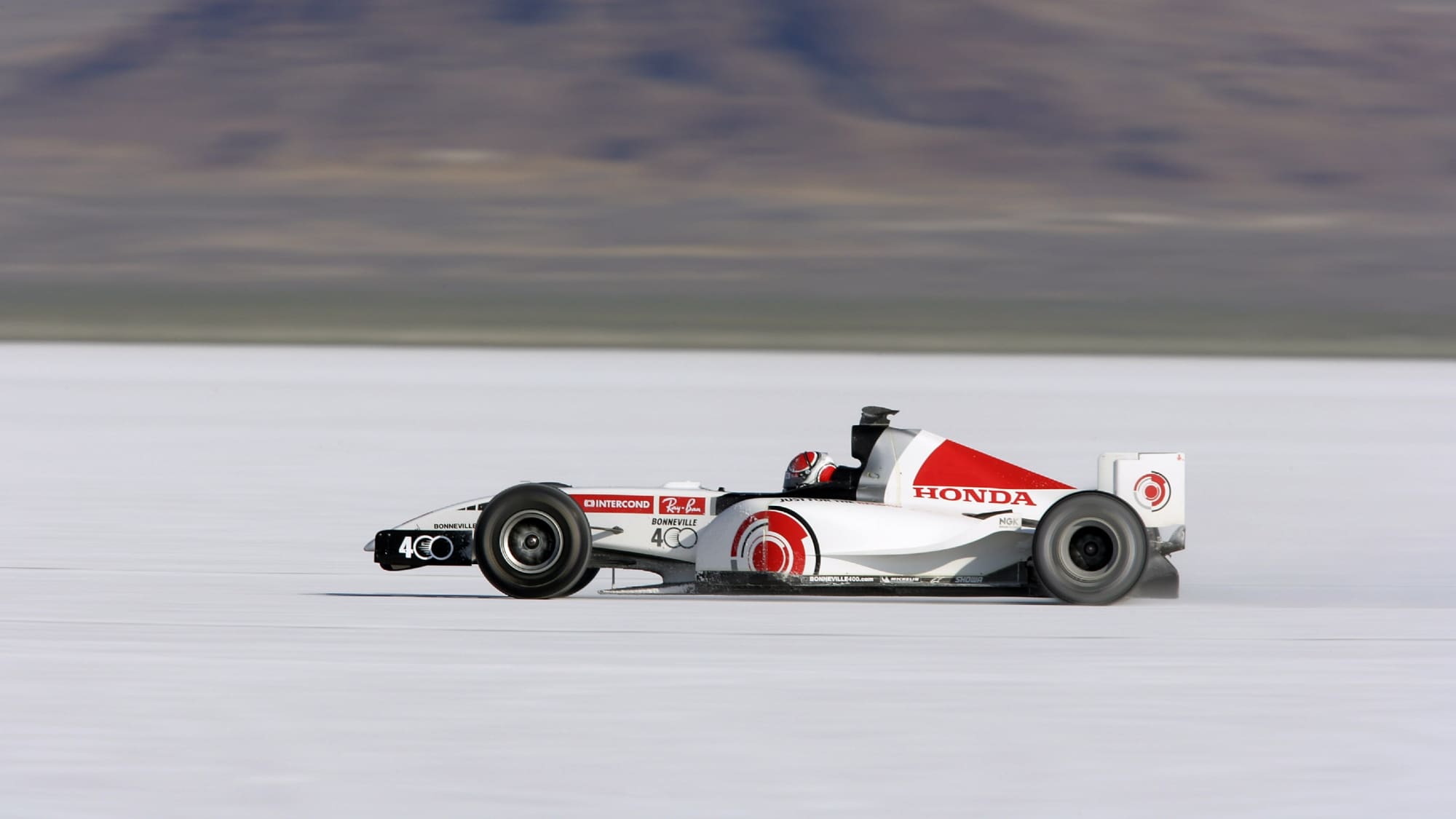
Honda’s RA106 holds the fastest top speed of any F1 car
Bonhams
A 2006 Honda holds the record for the fastest an F1 car has ever gone, but there are a fair few caveats involved with the car in question.
A record attempt by Honda with its 2006 RA106 in the hands of former FIA Medical Car driver Alan van der Merwe took a specially built Honda F1 car to the Bonneville Salt Flats and into the record books.
While the car largely resembled its standard Monza-spec counterpart, the record-setting car was fitted with an unrestricted V10 engine, a stability fin replacing typical rear wing and specially designed tyres to deal with the salt flats.
The 397.360km/h (246.908mph) stands as the official F1 top speed record, just shy of Honda’s 400km/h goal with the project. Though during testing, van der Merwe measured at 413.205km/h (256.753mph) on one run. Unfortunately, it couldn’t replicate it on the return run, missing out on an even faster record.
